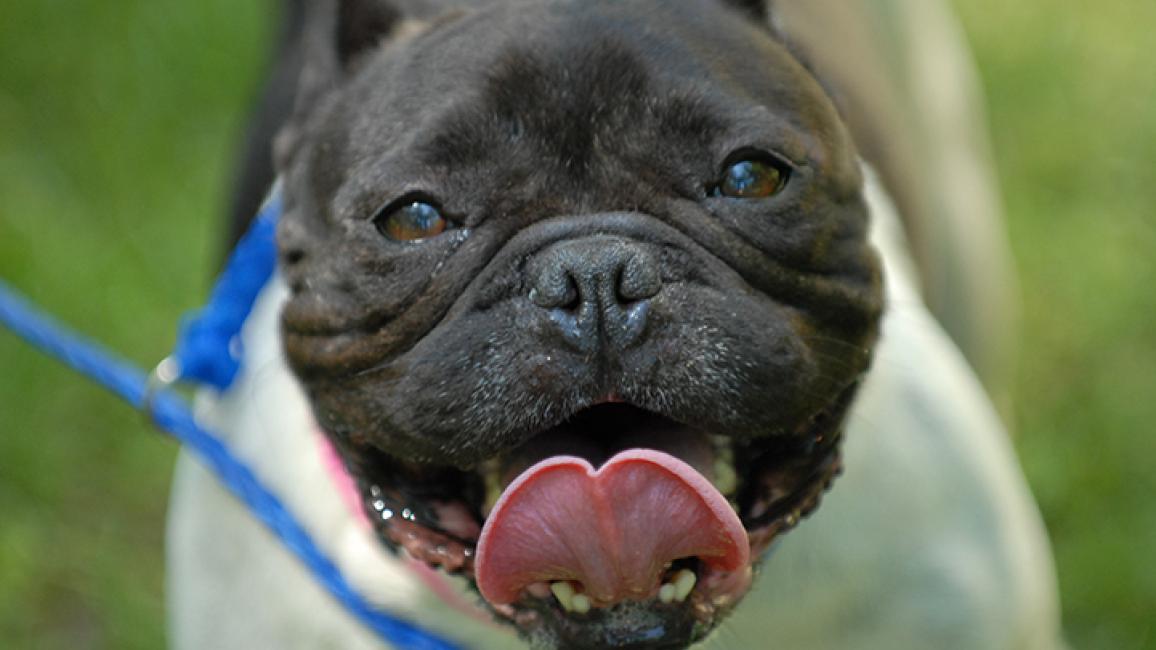Challenges and rewards of adopting rescued puppy mill puppies and dogs

When Lisa Sayler first brought Kati home last October, the little dog wouldn’t come out of her crate.
It's not that she liked cramped spaces, but they were familiar to her. After all, she'd spent most of her life in a cage in a rural Nebraska puppy mill.
Rescuing dogs from a Nebraska puppy mill
Kati, formerly known as Cookie Monster, was one of more than 170 dogs removed from a large commercial breeder's property in May 2007. The frightened dogs were rescued by the Nebraska Humane Society of Omaha, and Best Friends Animal Society took in 10 of the dogs with the most serious emotional issues. Kati was one of those dogs. With some tender, loving, one-on-one care from Best Friends staffers, Kati's emotional wounds began to heal.
Adopting a puppy mill dog
But change is difficult for any animal, and it's even more difficult for dogs rescued from puppy mills. So when Lisa adopted her and brought her home to Chandler, Arizona, last October, Kati didn't quite know what to think.
"She left Best Friends very open and accepting and within 48 hours of being in my home, she reverted back quite a ways to a very scared, withdrawn, crate-attached little girl," Lisa says.
Never underestimate the power of love, though. When it came to helping Kati feel comfortable and safe, Lisa says she took it one day at a time. "It took about six months for her to decide being held and getting a hug was cool," Lisa says. "Now, she will allow it most anytime."
With Lisa's constant love and attention, Kati realized she was safe again, that she was home.
Today, there are no crates in Kati's life. She prefers sleeping in her soft, fluffy bed or one of her other favorite cozy spots around the house. Her days are filled with playing in the yard with four-legged siblings Molly and Dobie, lounging by the swimming pool and enjoying morning tummy rubs.
"That is her best time of the day," Lisa says. "She is calm and happy and very willing to be touched." Kati still has a few challenges to overcome. She's hesitant about going for walks outside her yard, frightened to venture outside her safety zone. Lisa takes it one step at a time.
"I have to carry her away from the house, and then put her down, and we walk back," Lisa says. "She knows exactly which house is hers and walks up to the door and is ready to go inside."
What it's like to adopt a dog who spent life in a mill
Life has not only changed for Kati, it has also changed for Lisa.
"Life with a rescue puppy really changes how you think about and see a dog," Lisa says. "We are so used to us being the center of our dog's world. That really changes with a rescue dog. They become the center of your world in that you want them to be happy, to be over the badness they have lived and realize that the past is the past and to not worry about it anymore."
Adopting a dog rescued from a puppy mill is not for everyone. But for those who have a lot of love to give, and who are willing to invest the time, it can ultimately be very rewarding.
Lisa says. "It becomes a wait and see situation - hoping your new kid will realize you are good and not there to hurt them. Waiting for a dog to decide to love you is hard work and you have to be willing to just let them hang and do their own thing until they are ready to say, ‘OK. This place is going to be alright. I can relax and just sleep any place I want, on the softest thing I have ever laid on. This place is cool.’"
Read more about Kati's progress on Lisa’s blog.
To read more about the commercial pet trade, see The Truth About the Pet Trade.
The work of Best Friends is possible only because of your generous support. Please help the animals today.
Photo by Best Friends staff